Introduction to Hexagonal Chess
Hexagonal Chess is an intriguing variation of traditional chess that is played on a hexagonally-shaped board with three colors of spaces instead of two. This variant challenges players to think in a novel way due to the complex connectivity of the board and the modified movement patterns of the pieces. The game was invented by G. L. Glinksi in 1936, and since then, it has gained a modest following among chess enthusiasts seeking new challenges and strategic depths.
The Hexagonal Board
The board for Hexagonal Chess consists of hexagons instead of squares. Each hexagon connects to six adjacent hexagons, except for those at the edges of the board. The board typically comprises 91 hexagons, although smaller or larger variations exist. The increased connectivity compared to the traditional 8x8 chessboard alters the dynamics of the game substantially, creating a different strategic landscape.
Color Arrangement and Starting Setup
In Hexagonal Chess, the board can be visualized as an array of interlocking triangles of different colors—usually three colors (such as light, dark, and gray). This color variation ensures that no two adjacent hexagons share the same color, which helps players in positioning and strategy. The initial setup places the kings in the middle with an array of pawns in front and other pieces such as rooks, knights, bishops, and queens towards the interior of the formative structure, similar to traditional chess.
Rules and Piece Movement
Hexagonal Chess retains most of the classic chess rules, including check, checkmate, and stalemate, but it adapts the piece movements to suit the hexagonal infrastructure of the board.
Rooks
Rooks move any number of vacant spaces along the six radial lines running from the center of the board toward the edges. This radial movement replaces the straight horizontal and vertical movements seen in orthodox chess.
Bishops
In Hexagonal Chess, bishops glide diagonally along the lines connecting the corners of the hexagons, therefore allowing travel between hexagons of the same color. This diagonal movement takes on new complexity with three different colors on the board.
Knights
Knights move in an L-shape pattern: one step in one radial direction followed by two steps in a second radial direction, or vice versa, ensuring they land on a hexagon of a different color from their starting position.
Queens and Kings
The queen in Hexagonal Chess is a powerful piece, combining the movement capabilities of both the rook and bishop. Similarly, the king moves one space at a time but can travel in any of the six radial directions or the two diagonal directions.
Pawns
Pawns move directly forward toward the opponent’s side and capture any opposing pieces one step forward along either of the adjacent diagonal pathways. Promotion occurs when a pawn reaches the far side of the board, and it may be promoted to a queen, rook, bishop, or knight.
Strategies and Challenges
The broader maneuverability of pieces and the greater number of connections between hexagons lend Hexagonal Chess a different strategic profile from traditional chess. Layered defense and multipoint attacks become crucial, and the game heavily rewards spatial control and strategic planning.
Conclusion
Hexagonal Chess provides an exhilarating twist on conventional chess, offering a fresh perspective and a new set of challenges that will intrigue novices and chess masters alike. Its unique board and innovative rules result in complex strategic possibilities, making each game an intense and engaging experience. As players around the world continue to seek out novel forms of intellectual stimulation, Hexagonal Chess stands out as a captivating alternative to the beloved classic game.
Explore our large collection of luxurious chess sets!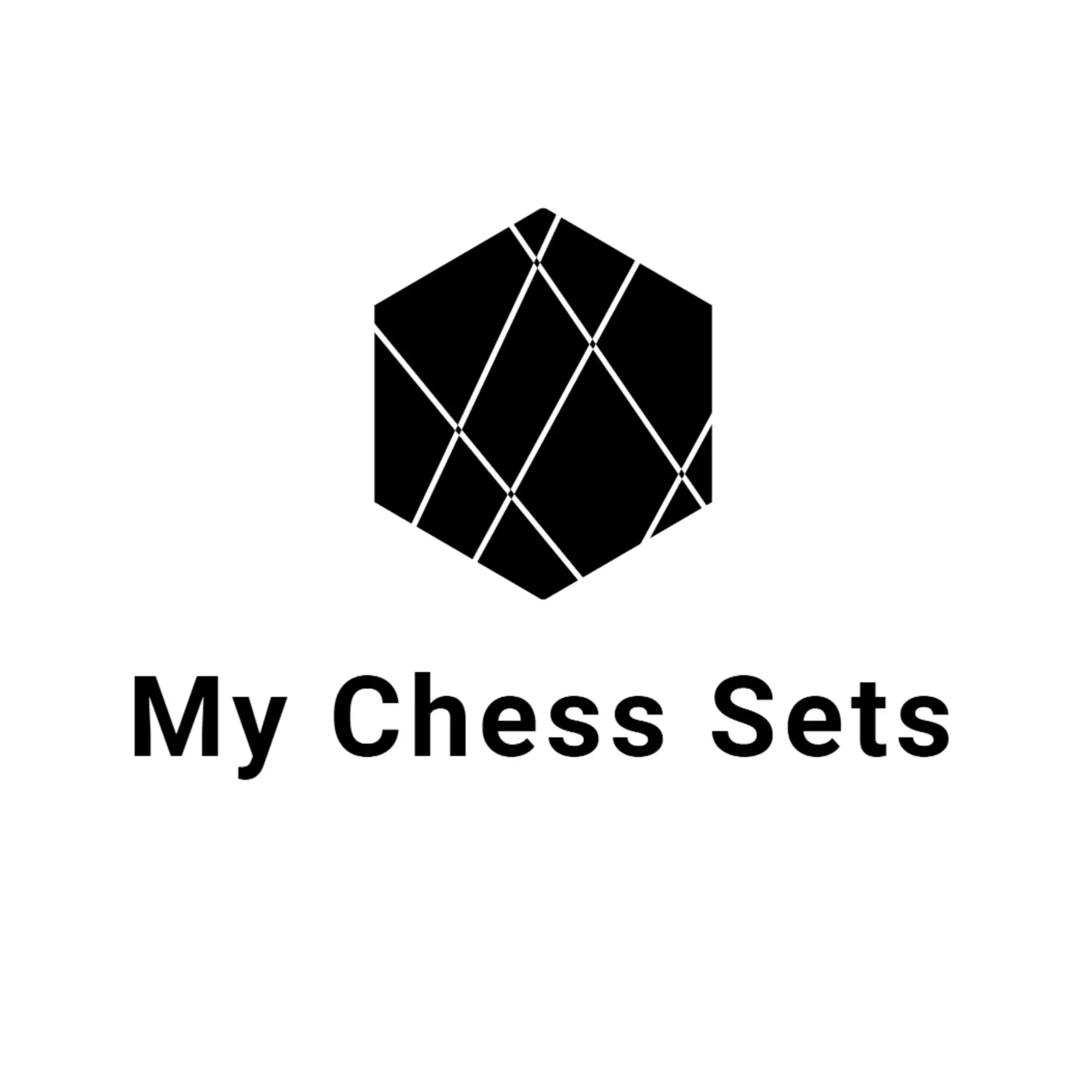


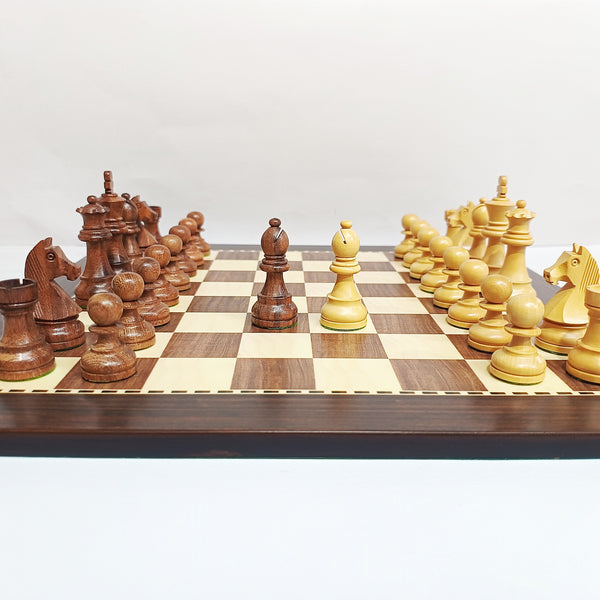
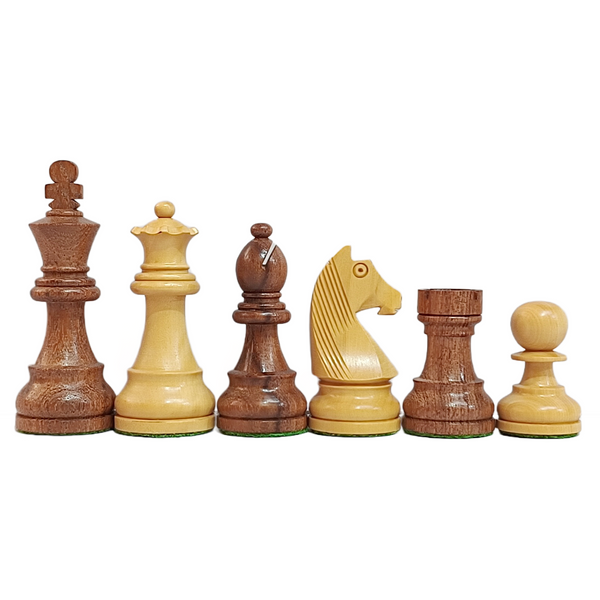

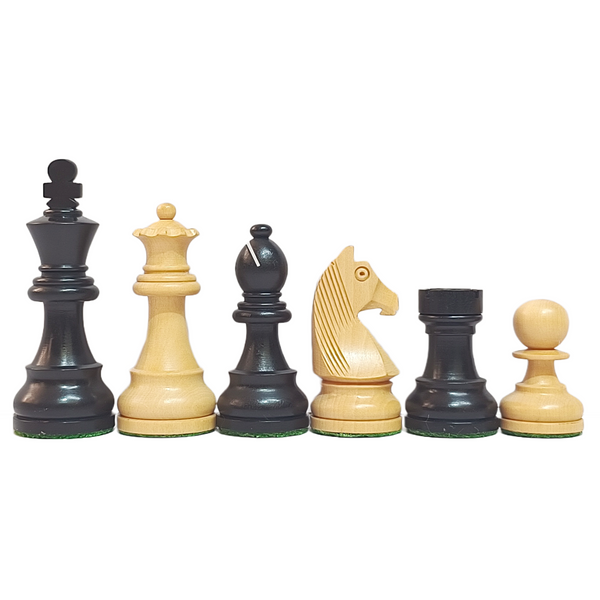
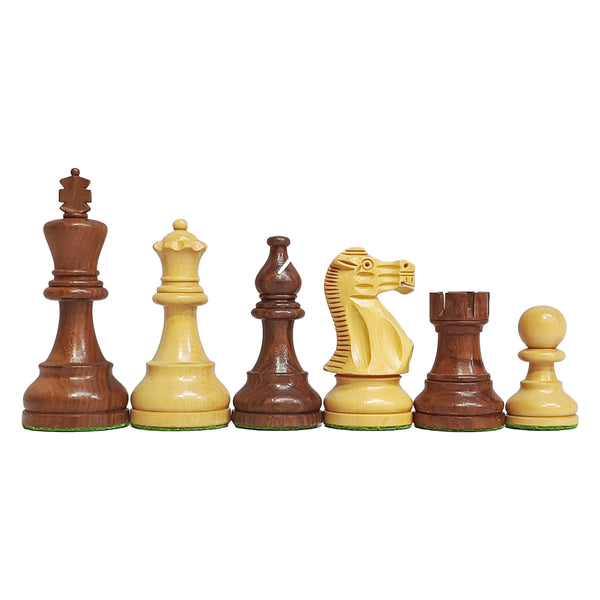
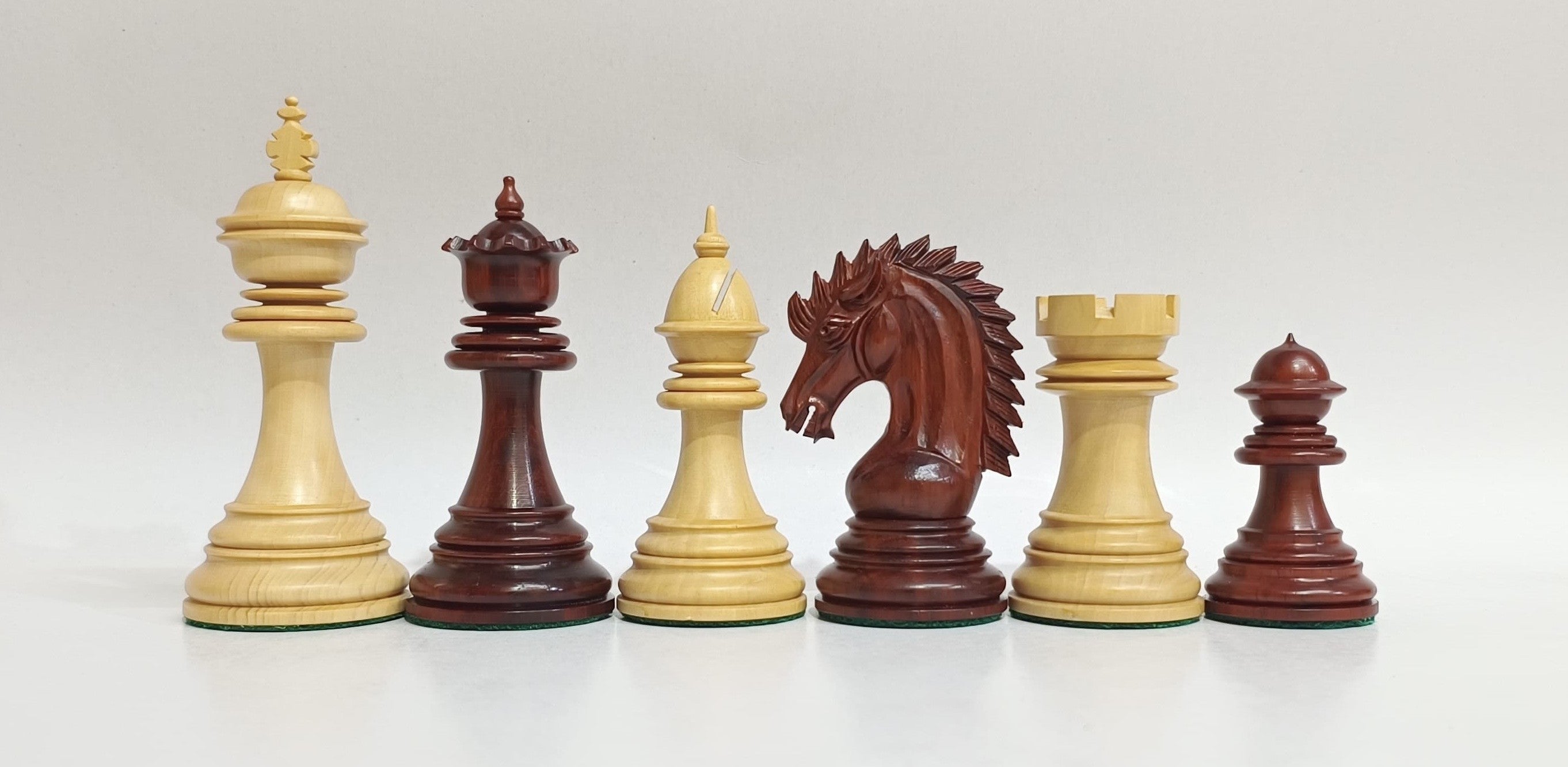

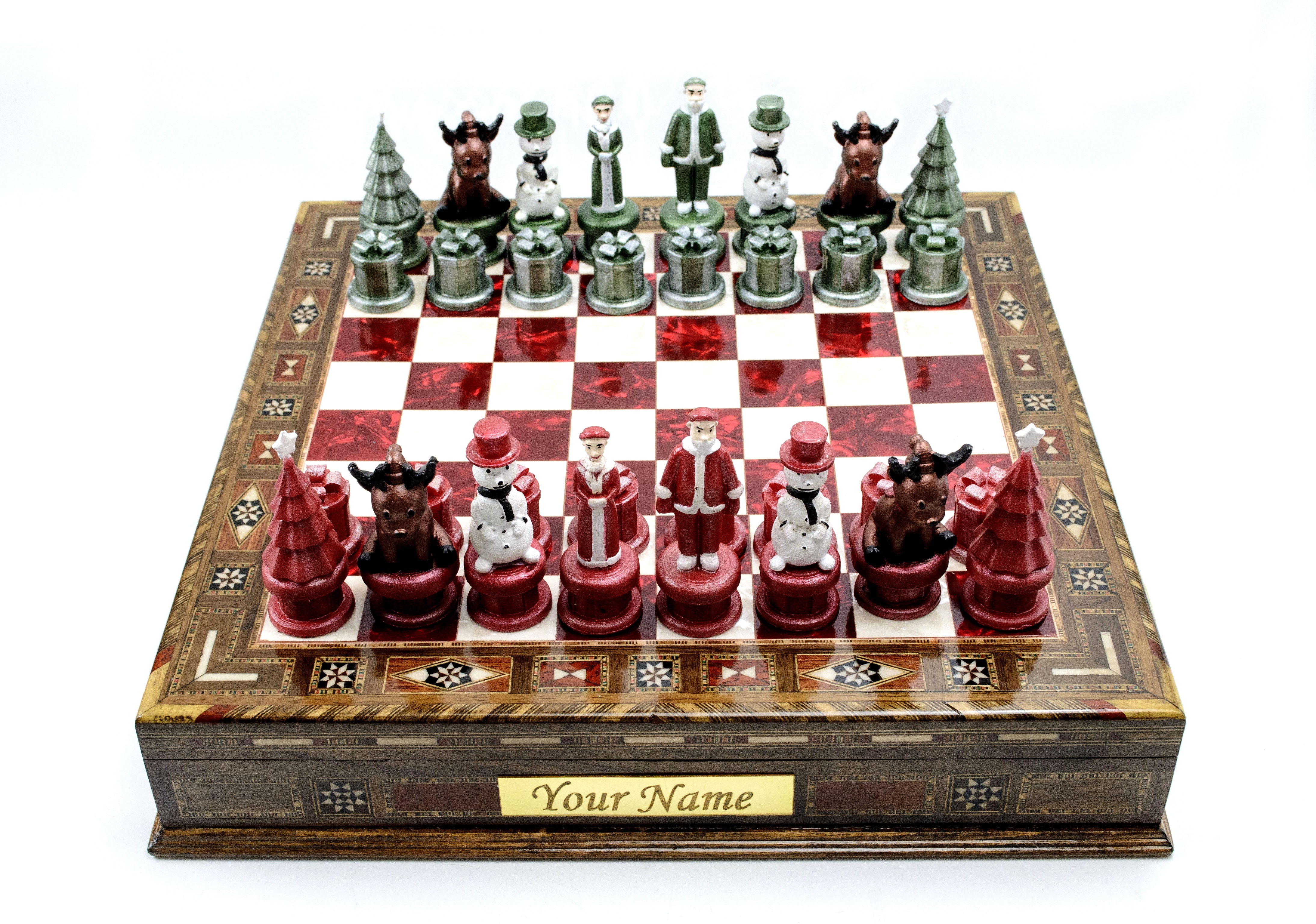
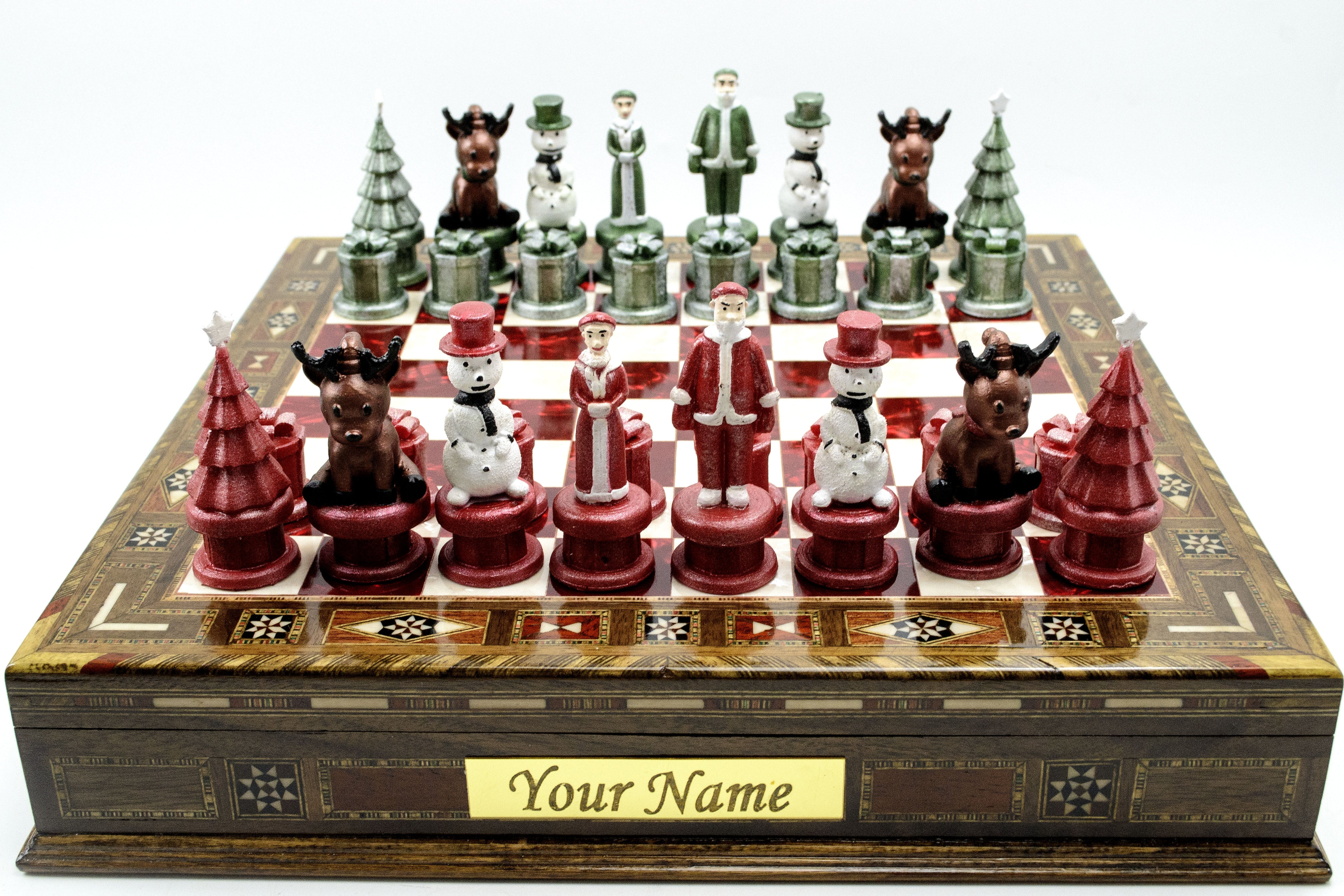

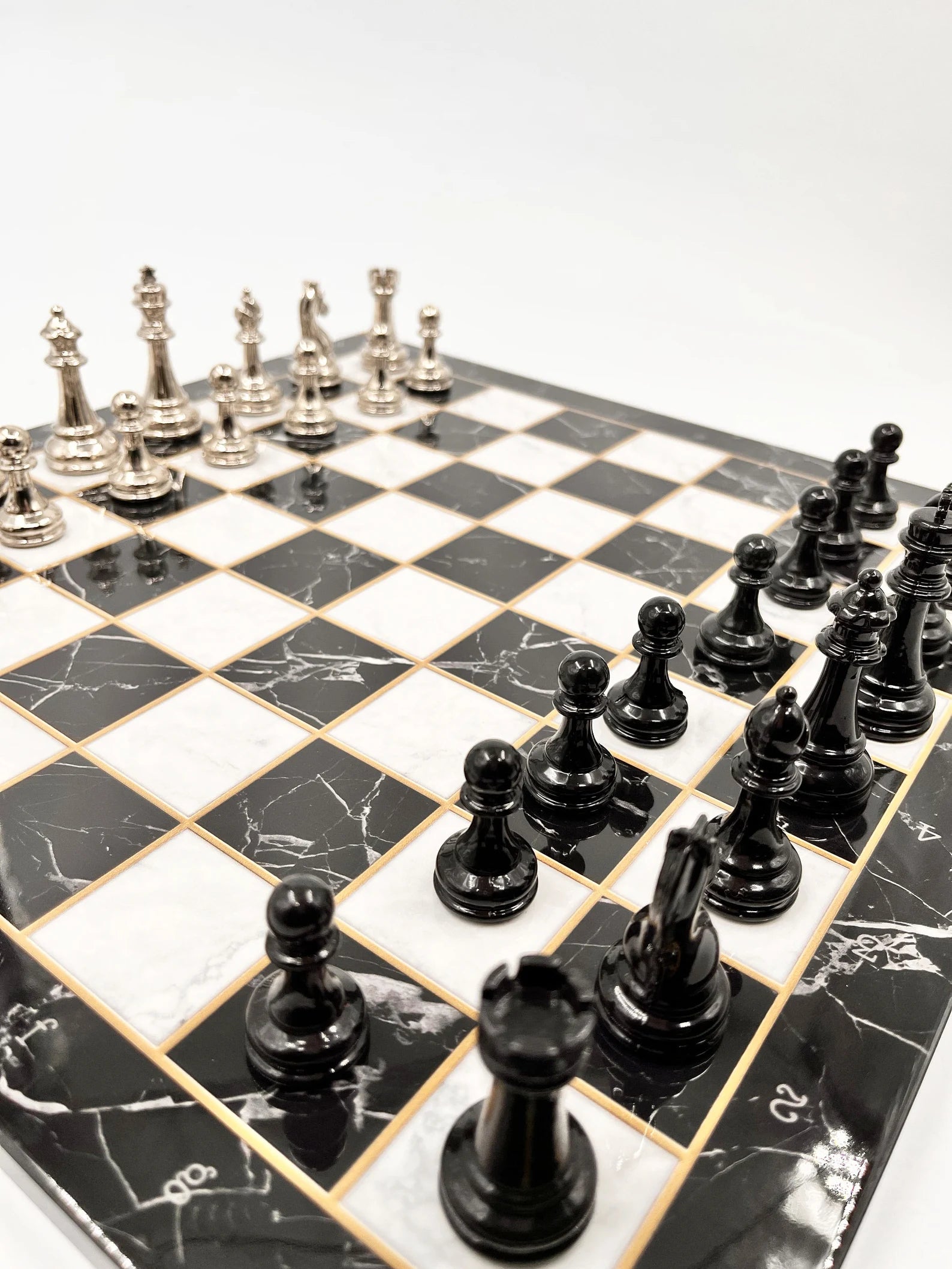


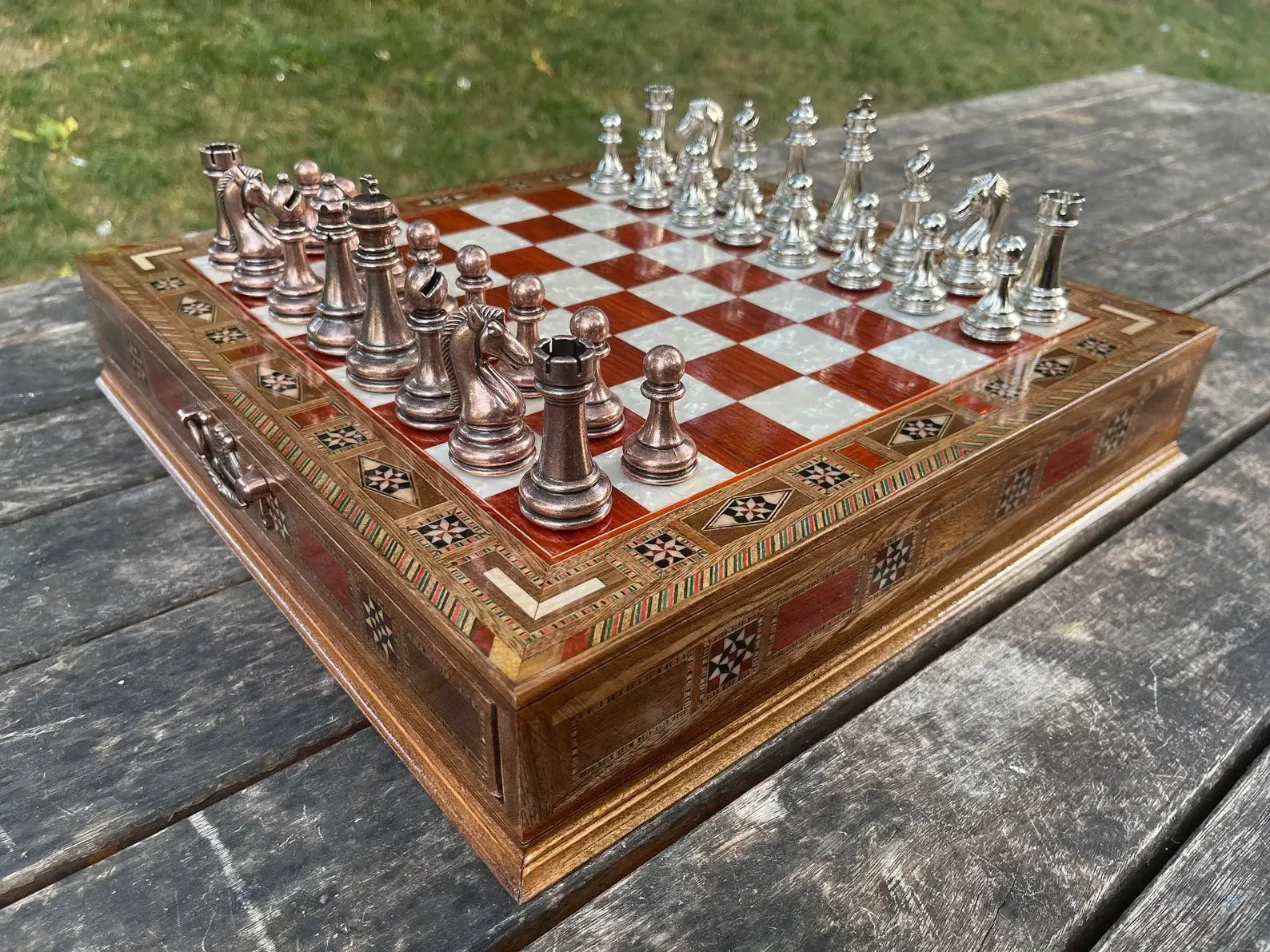

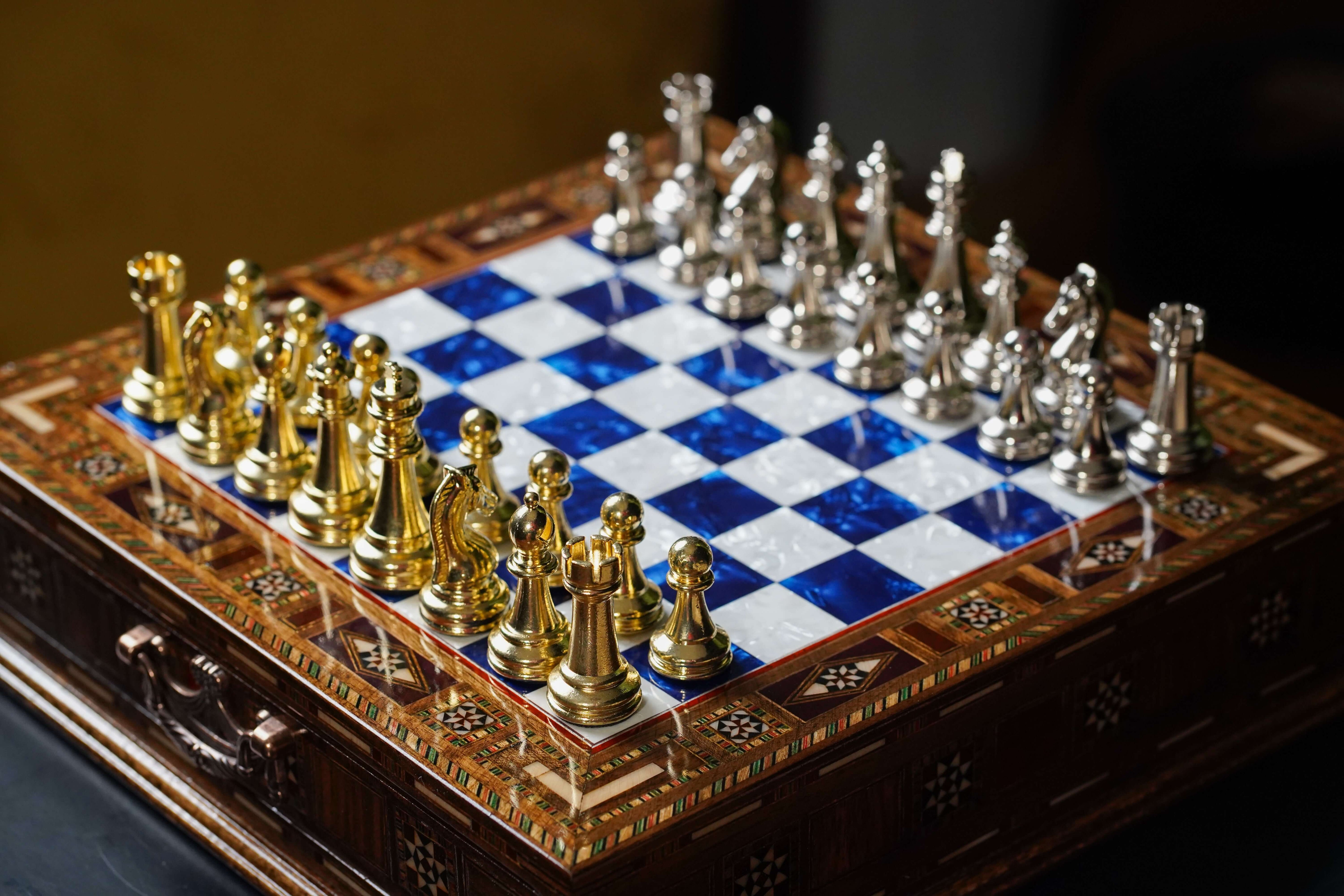

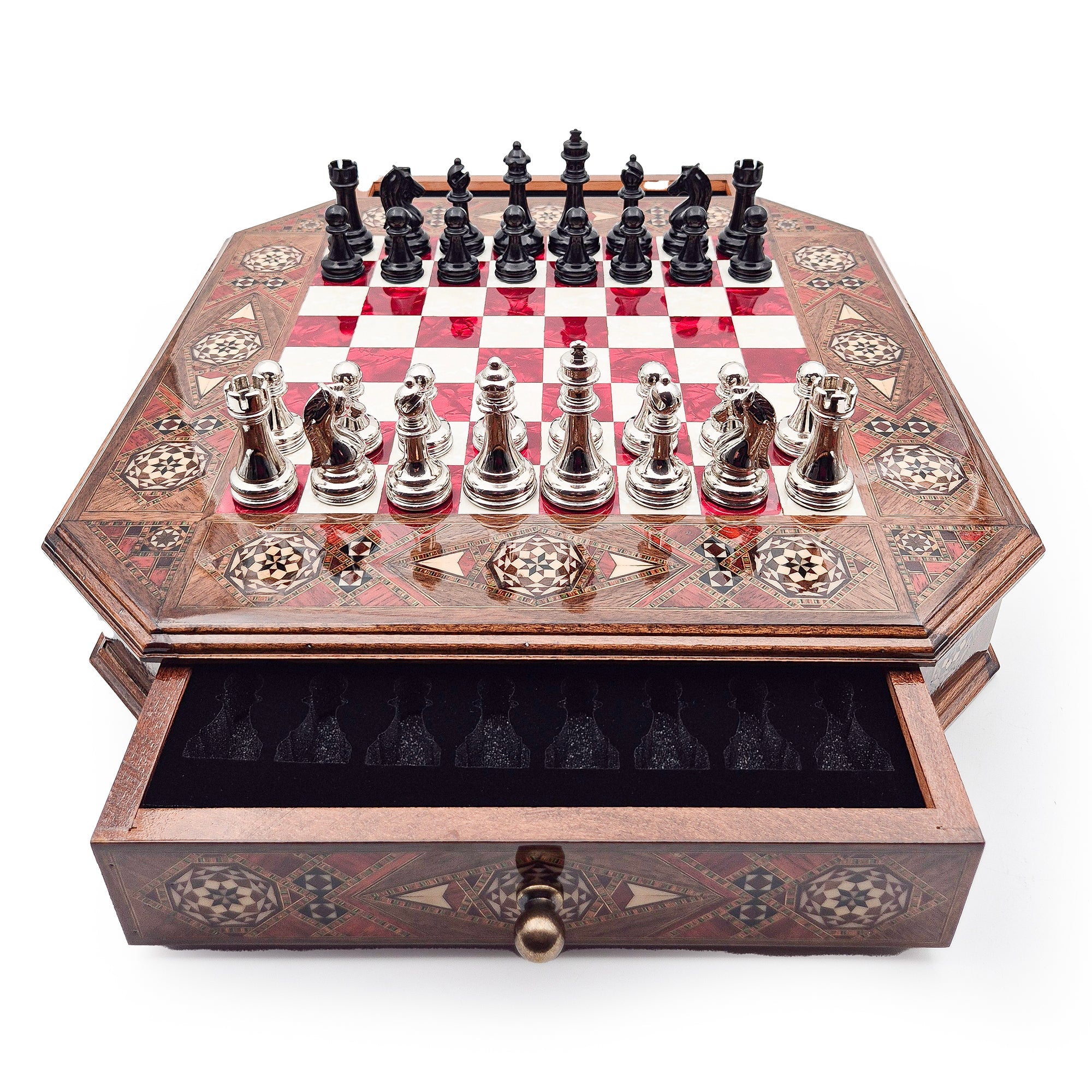
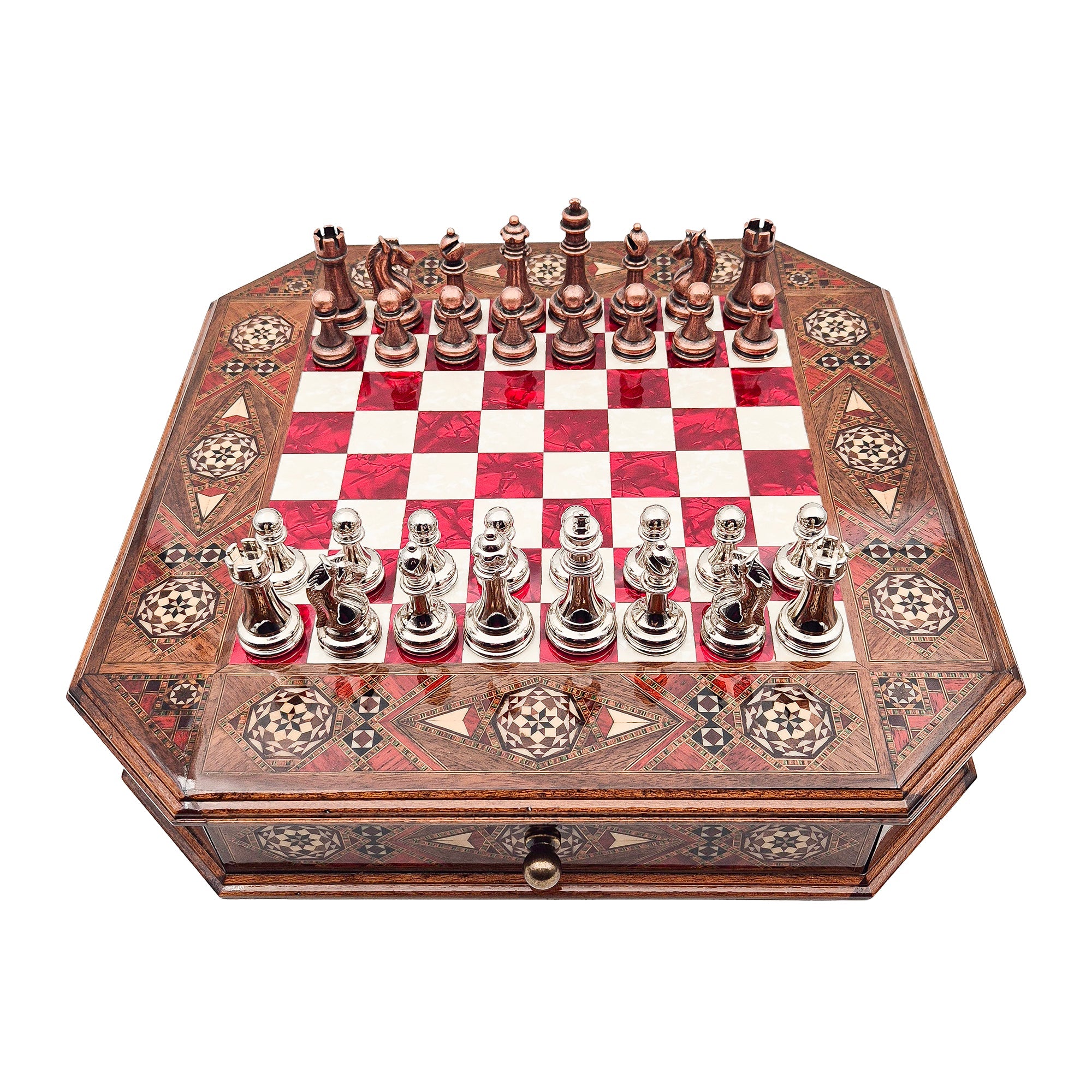


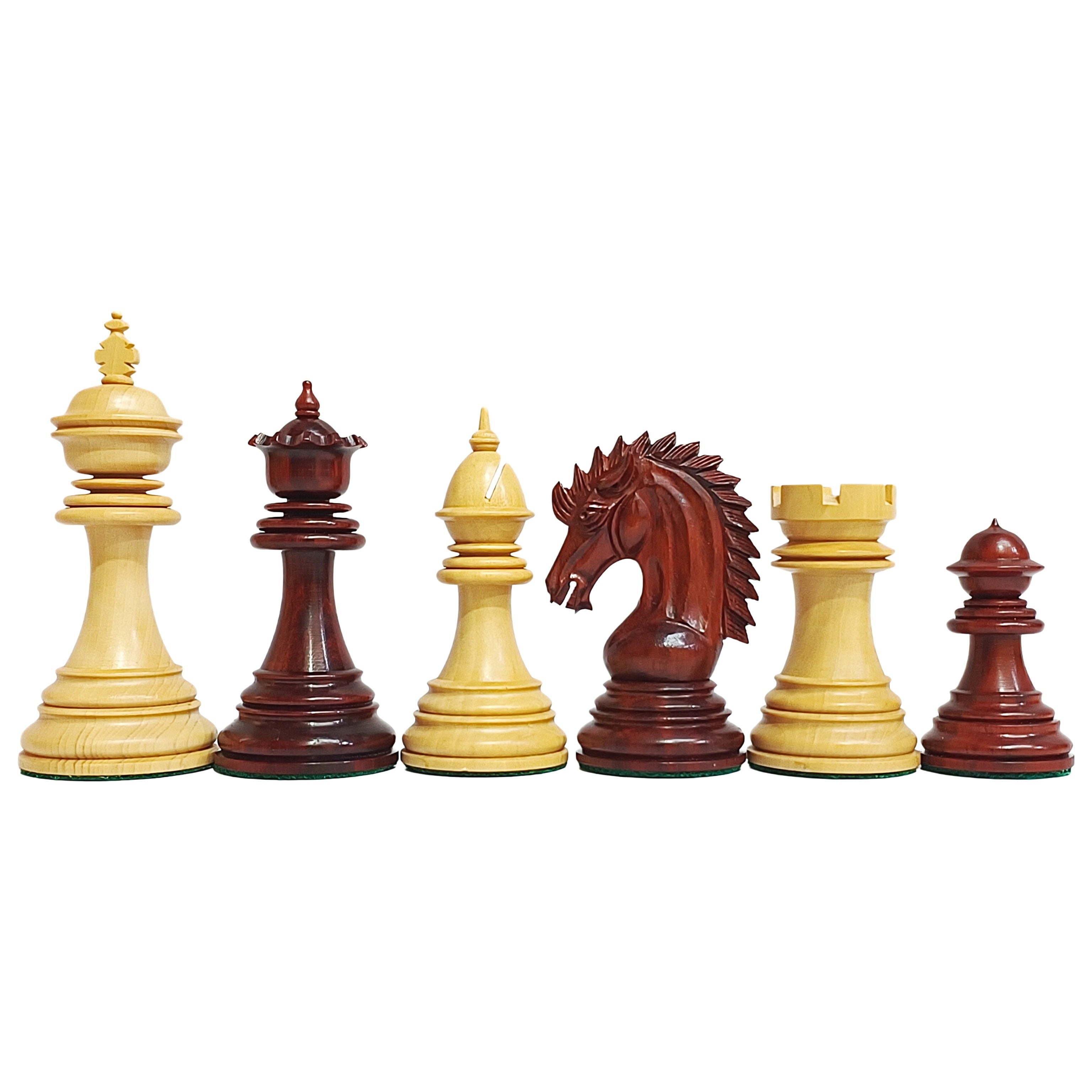
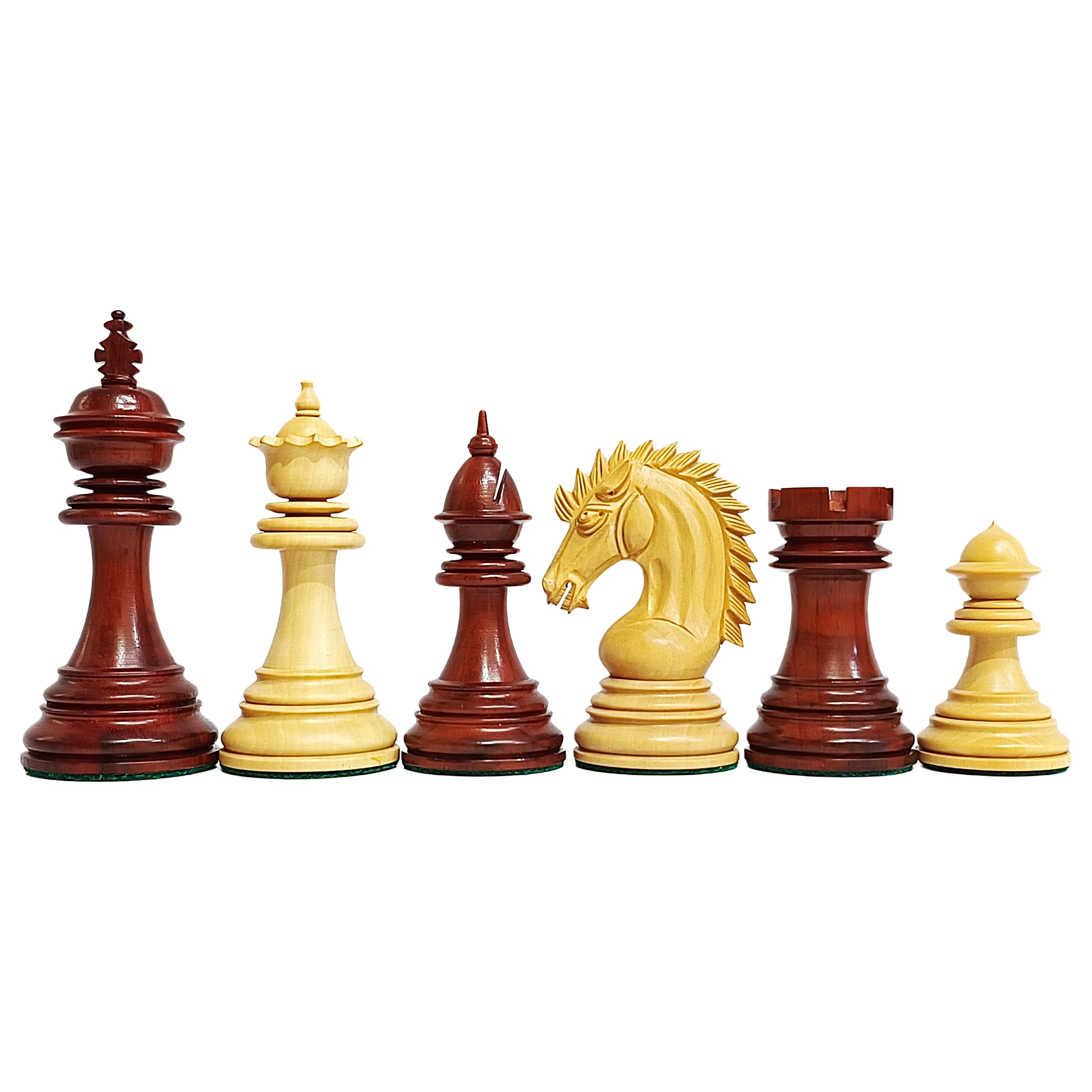


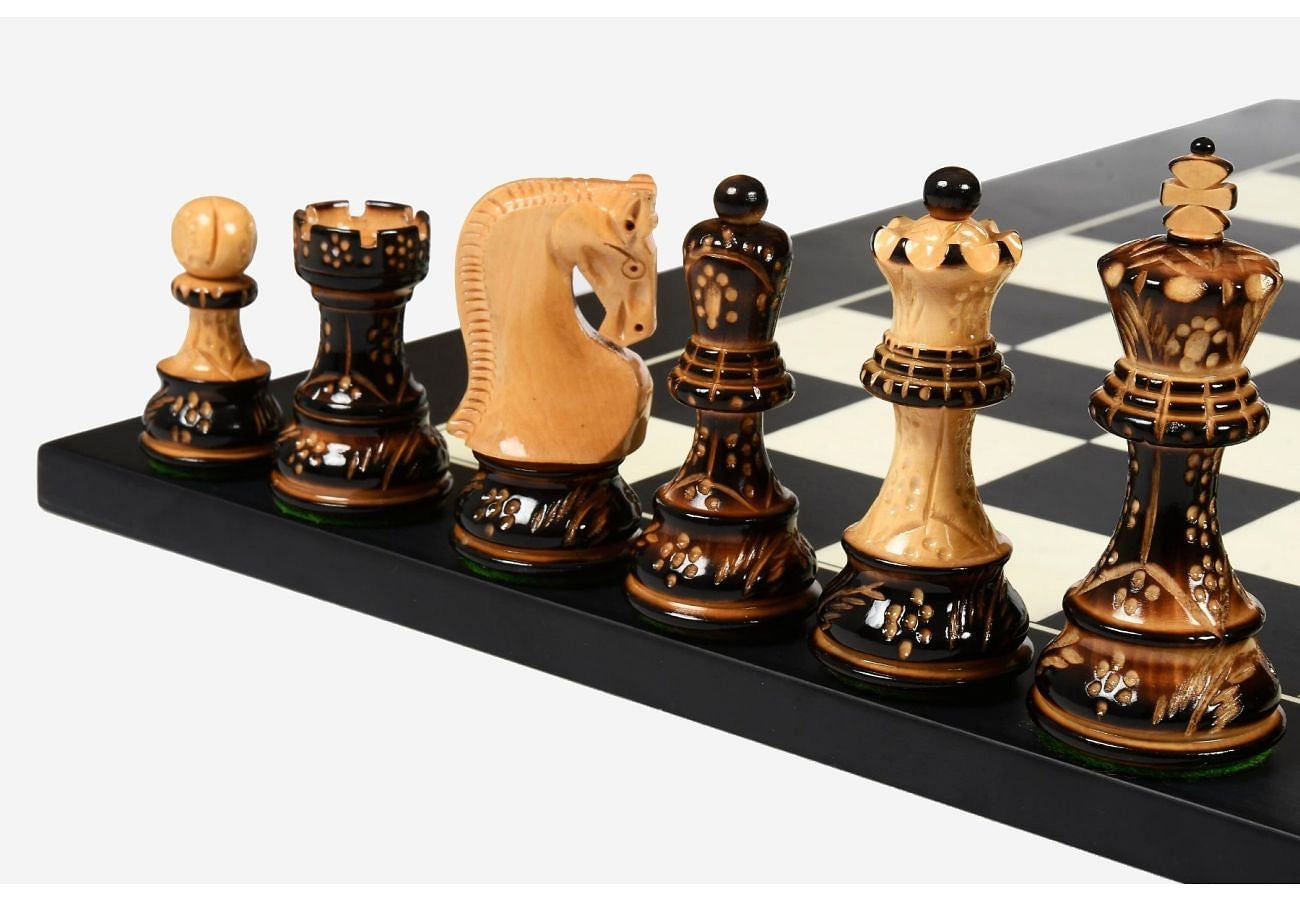
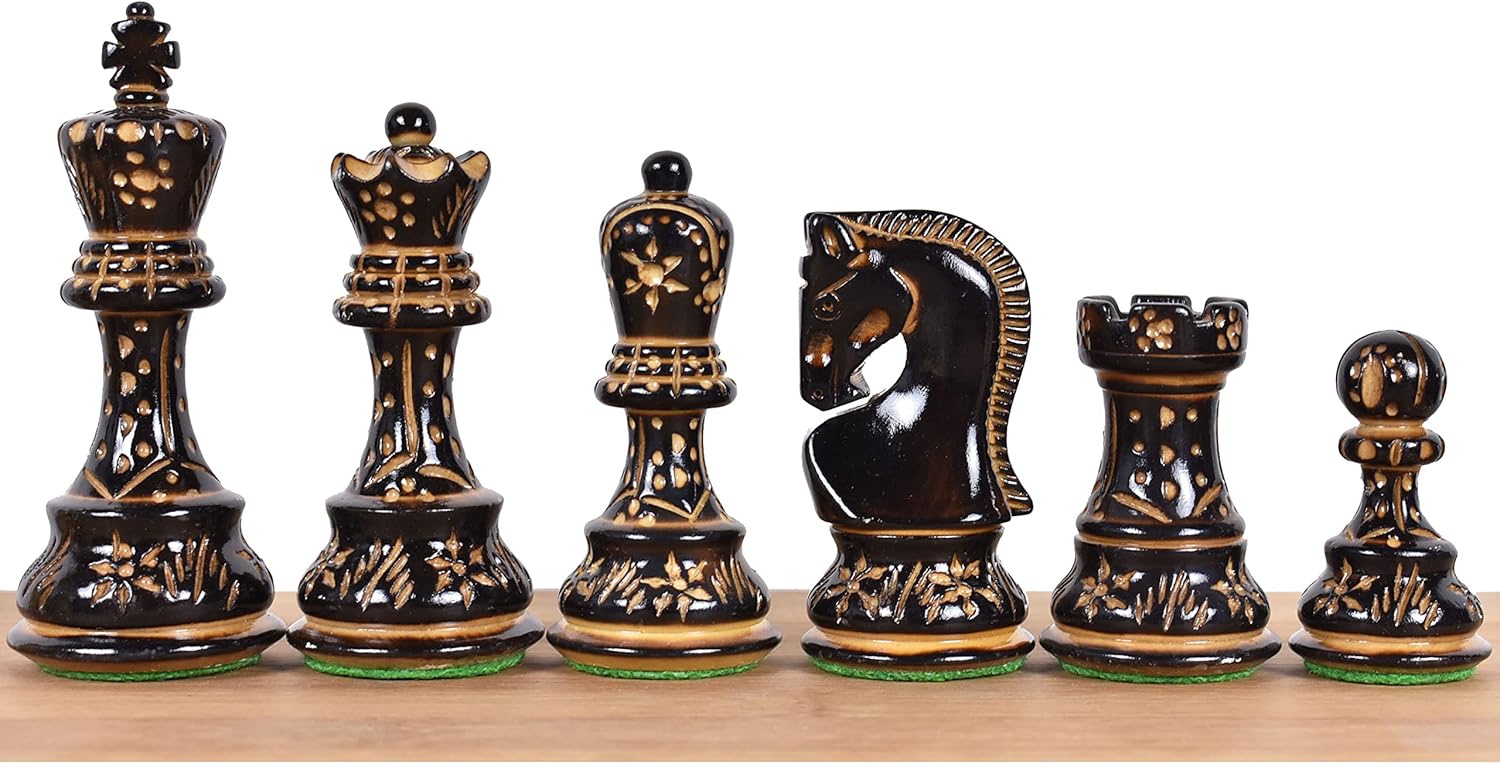
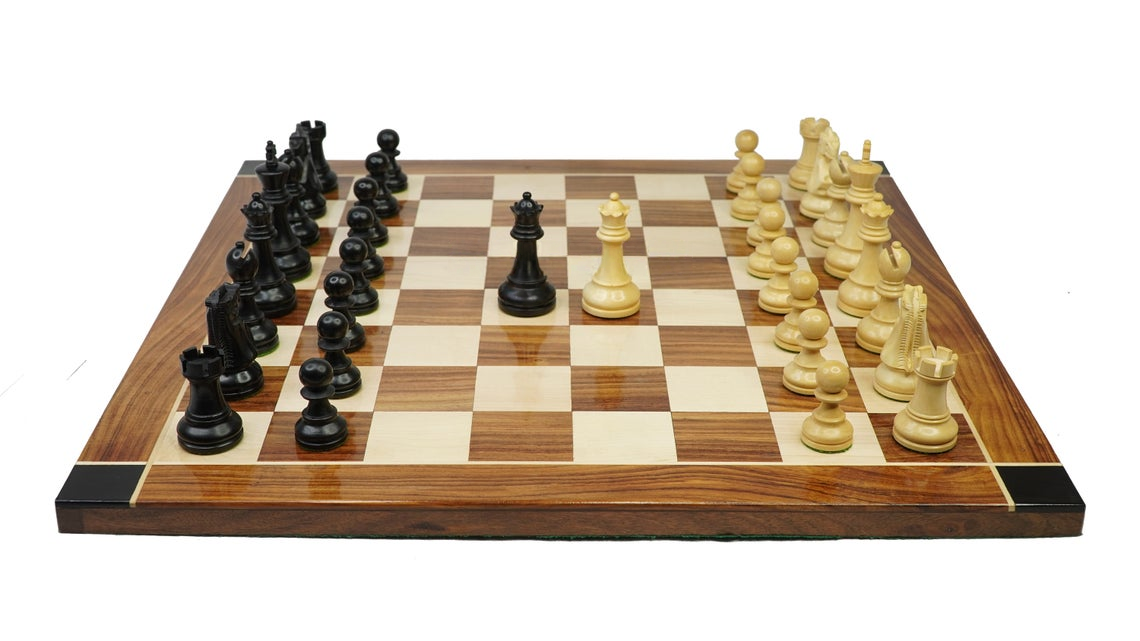
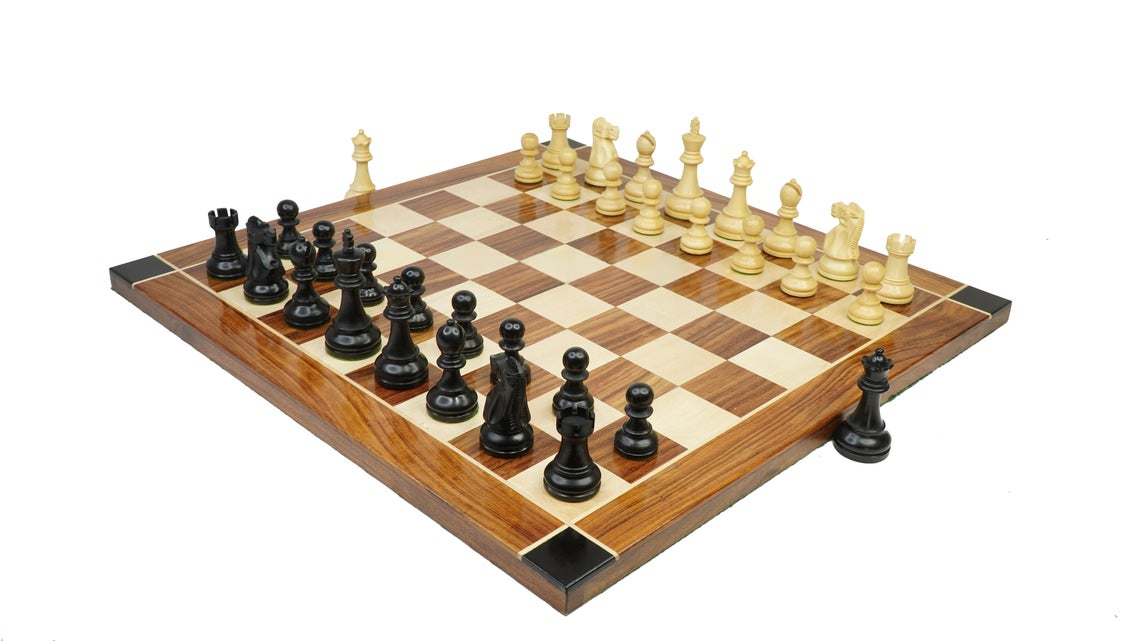
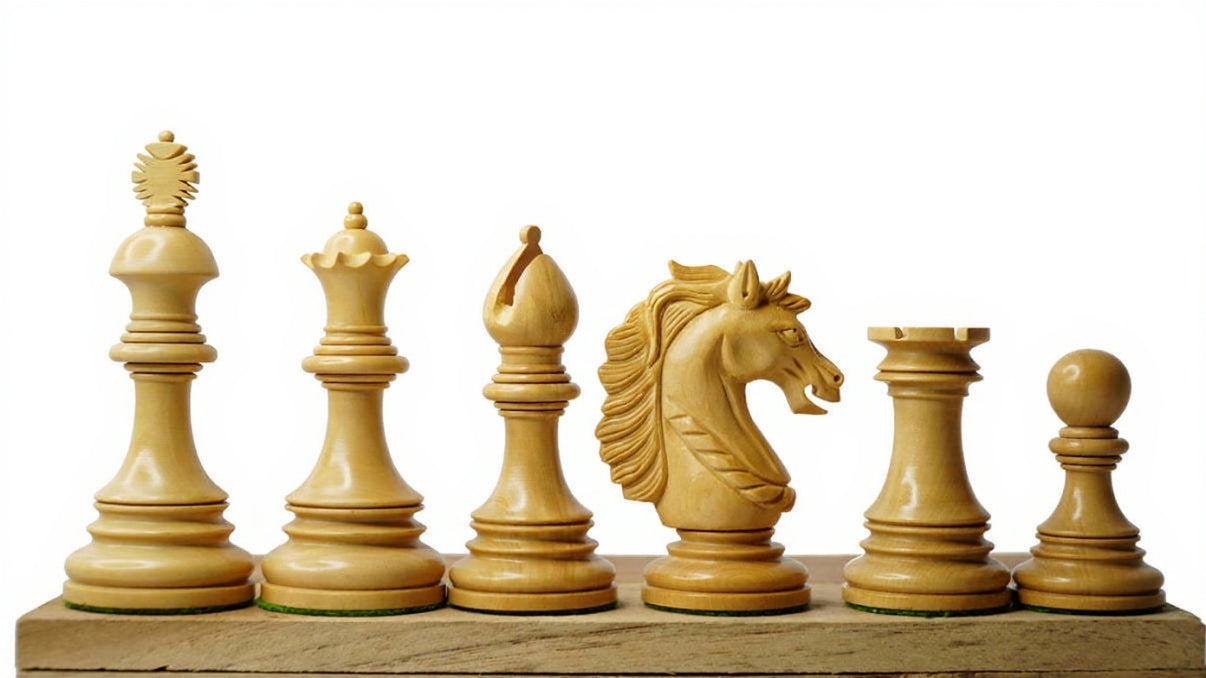
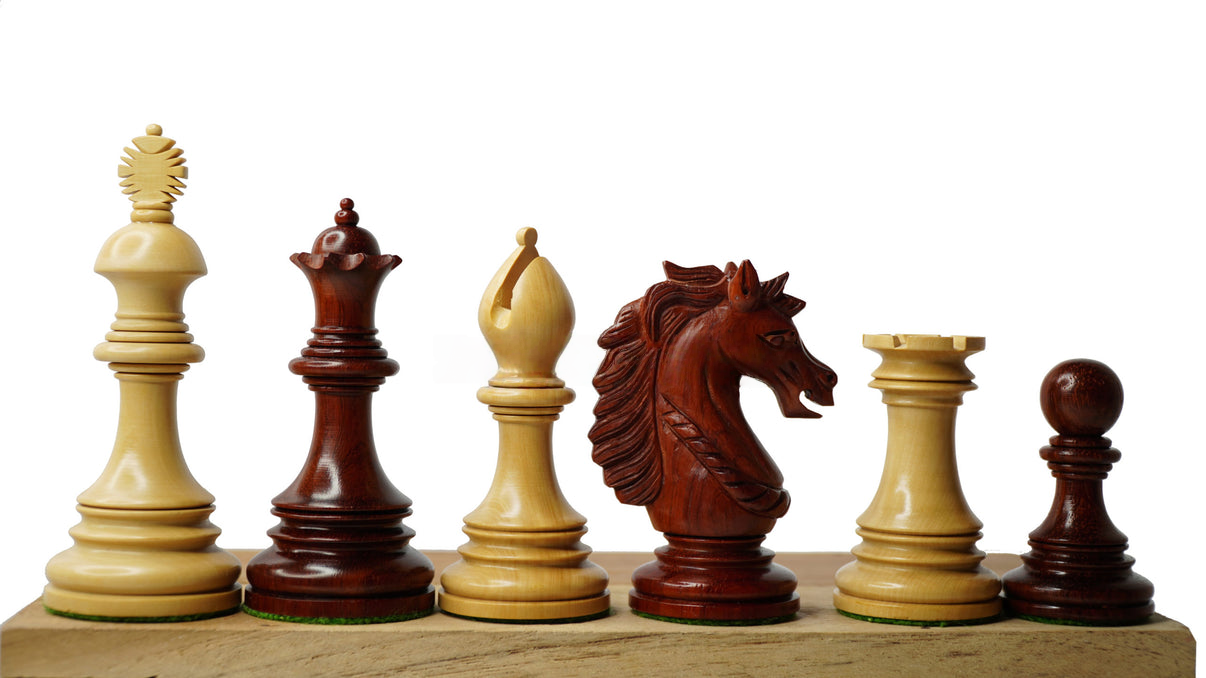

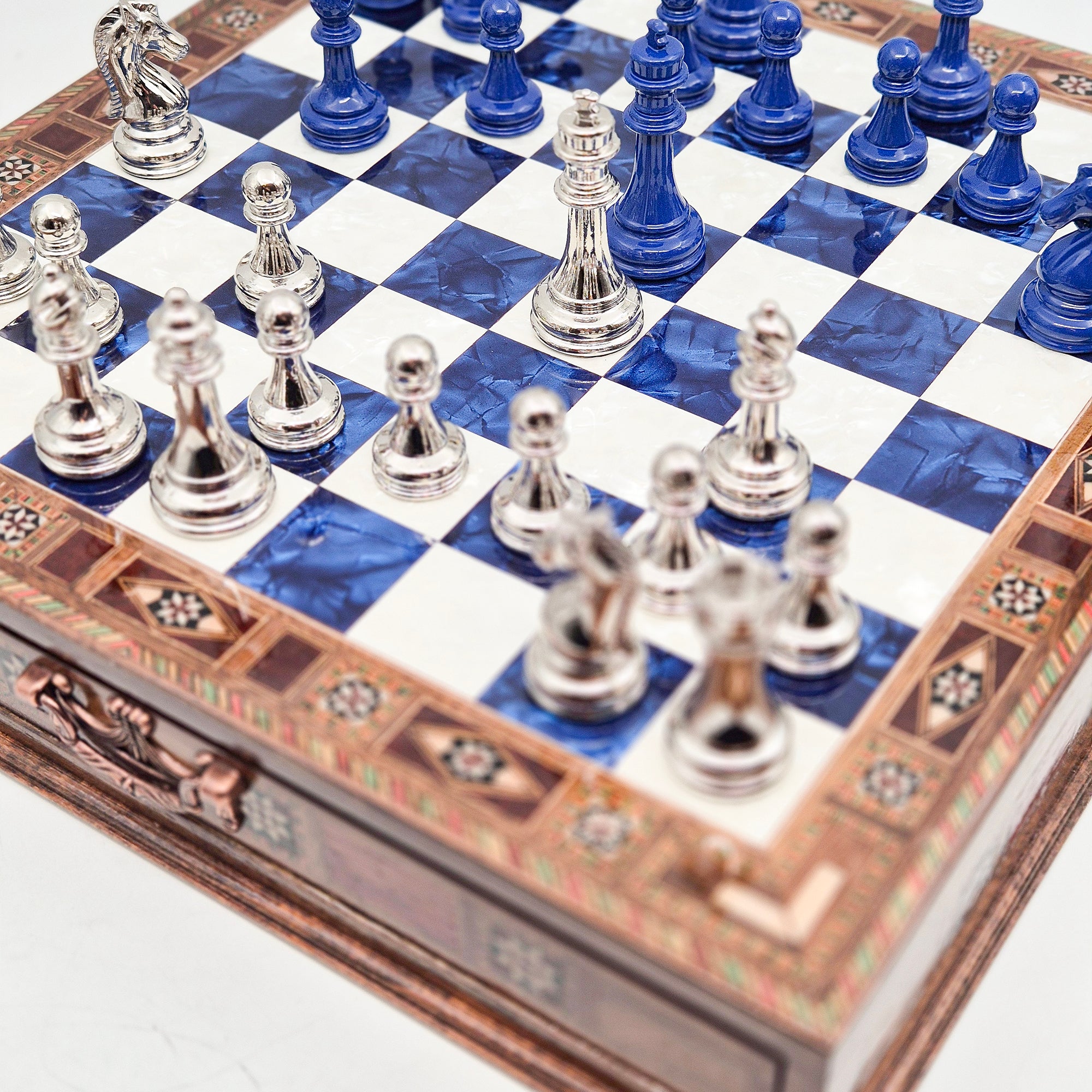
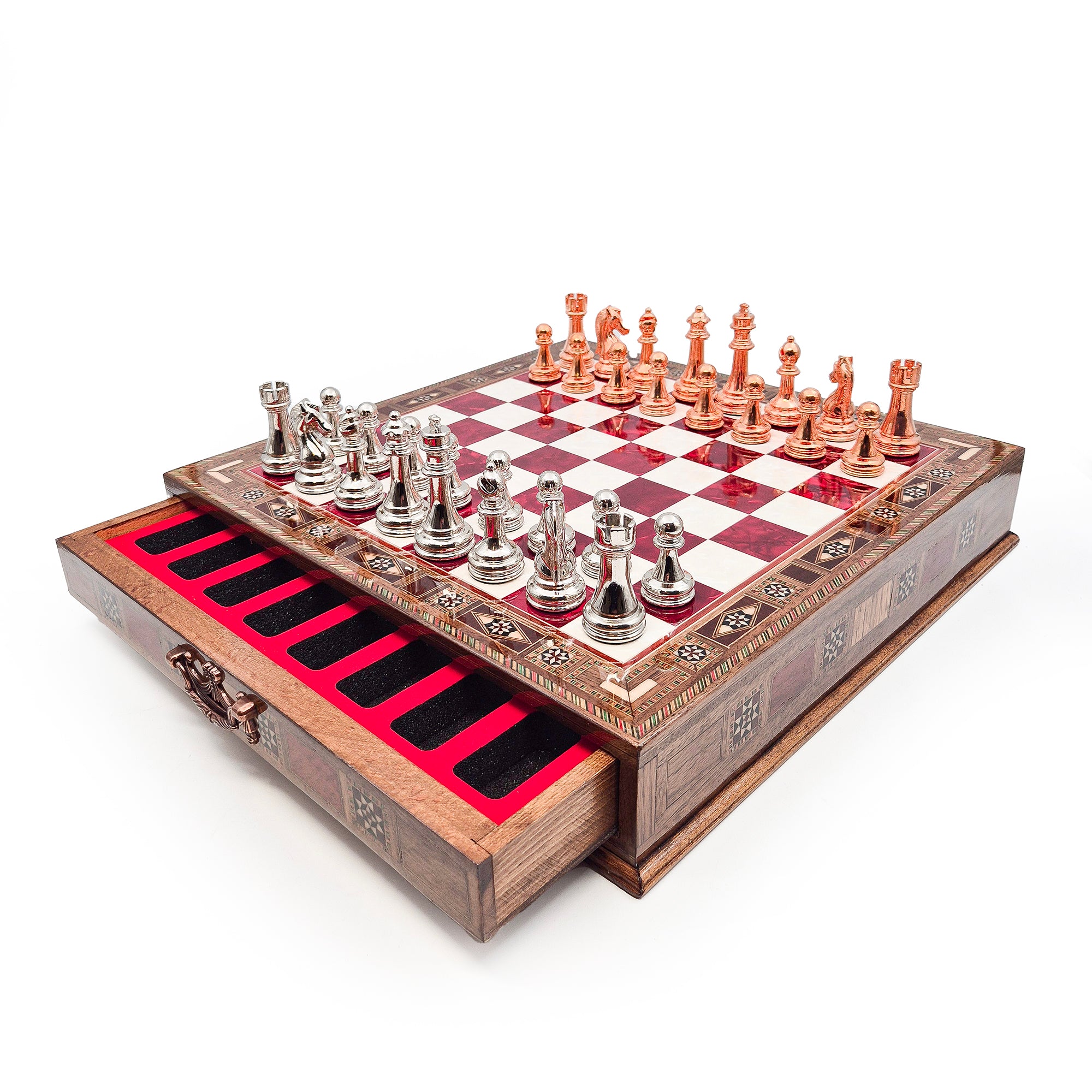
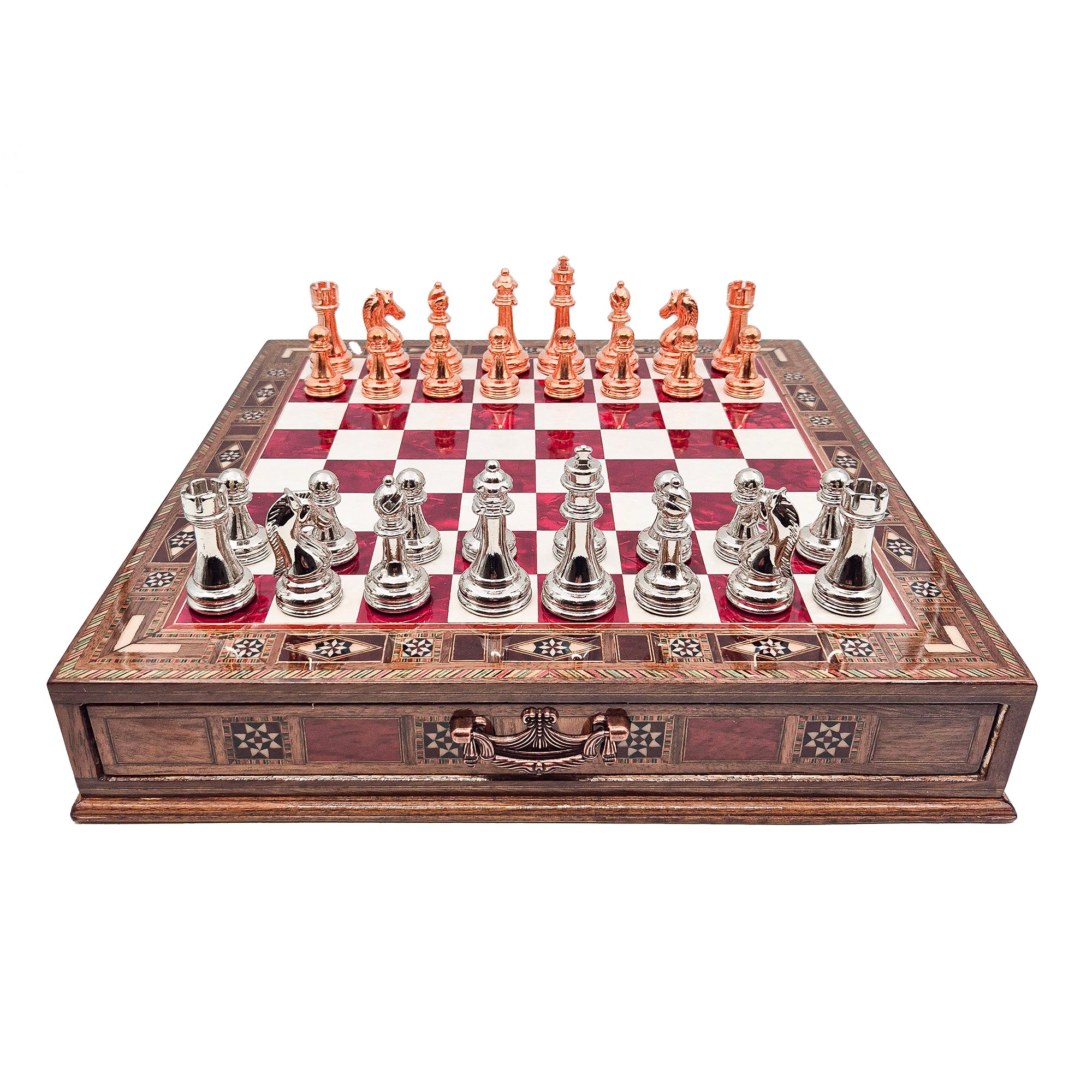
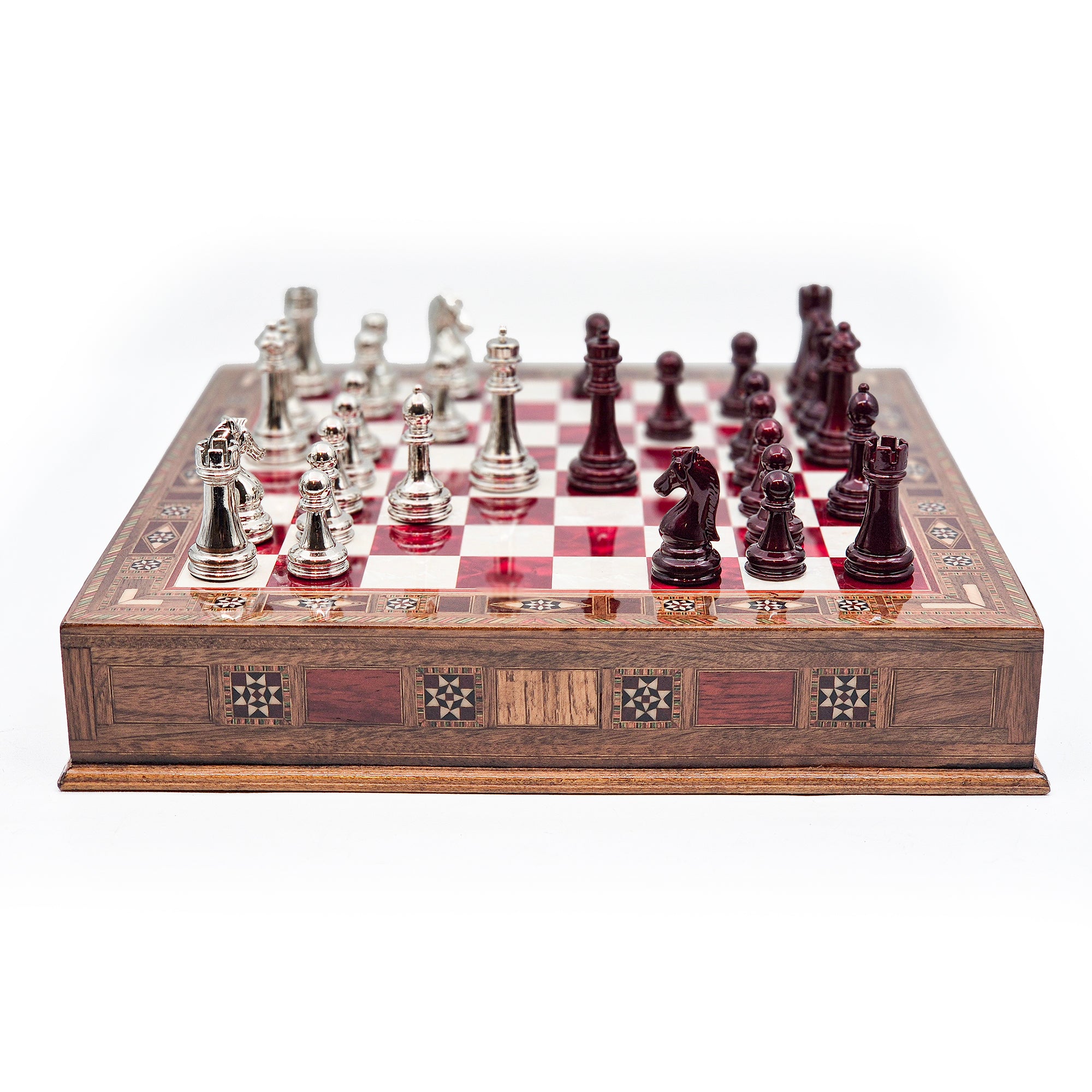
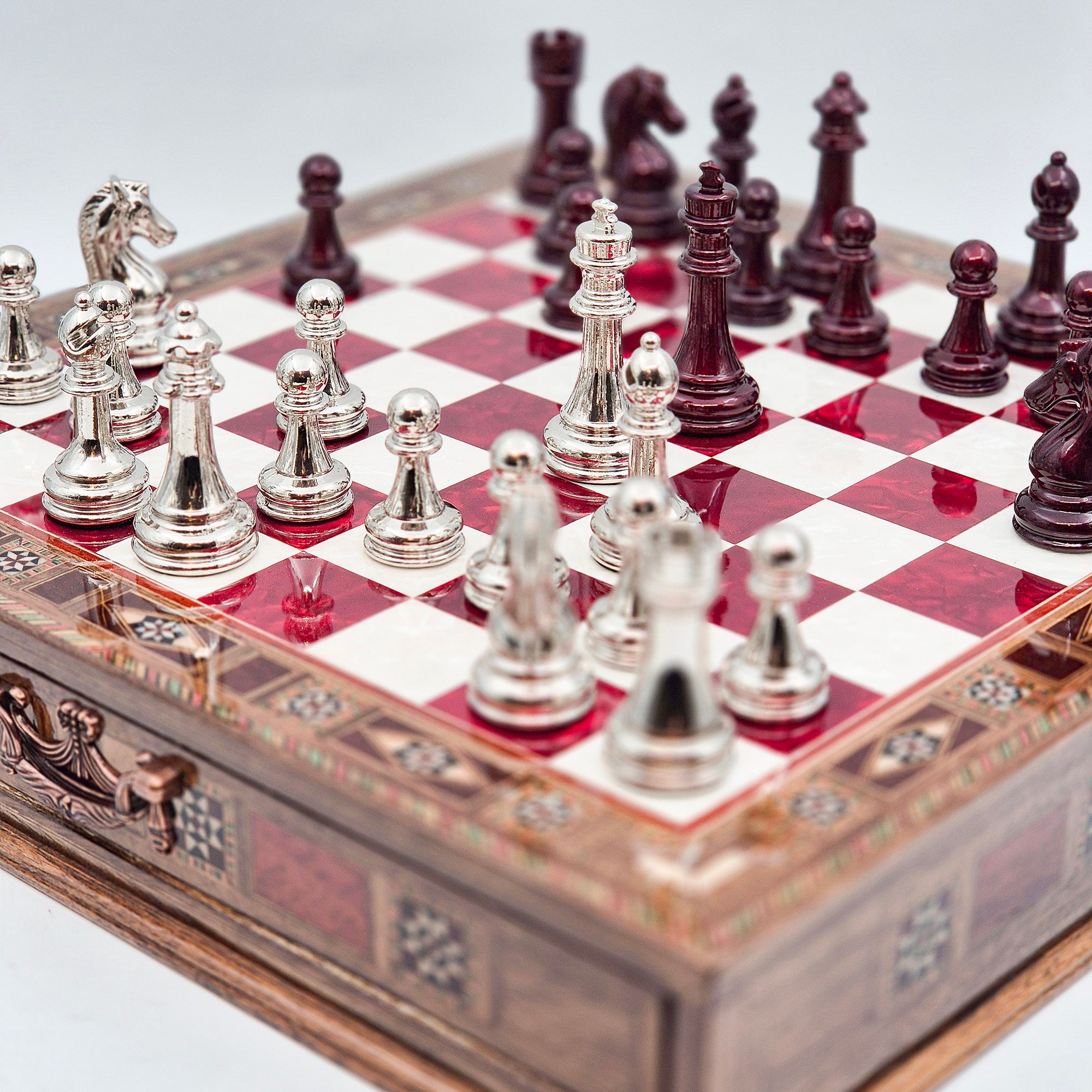
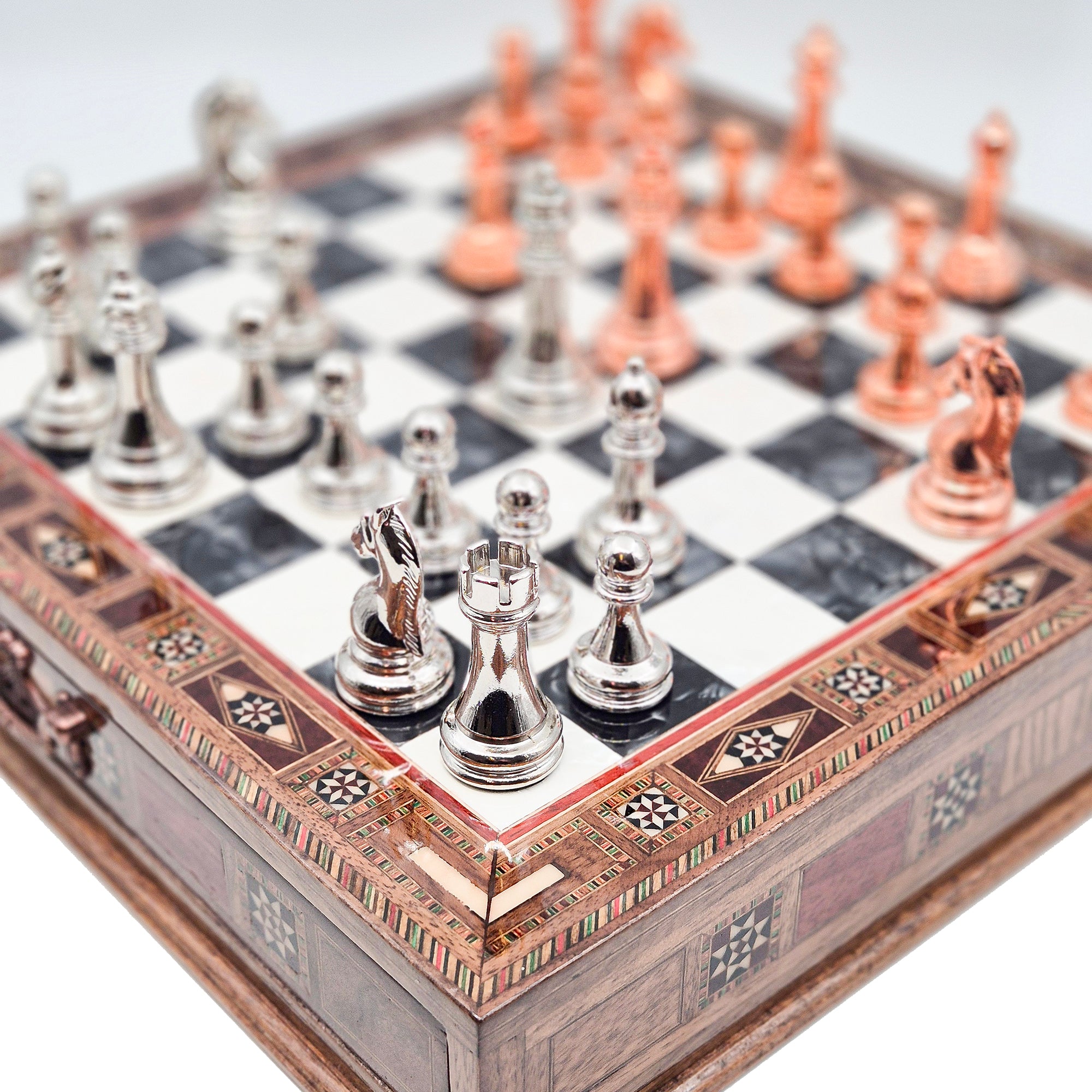
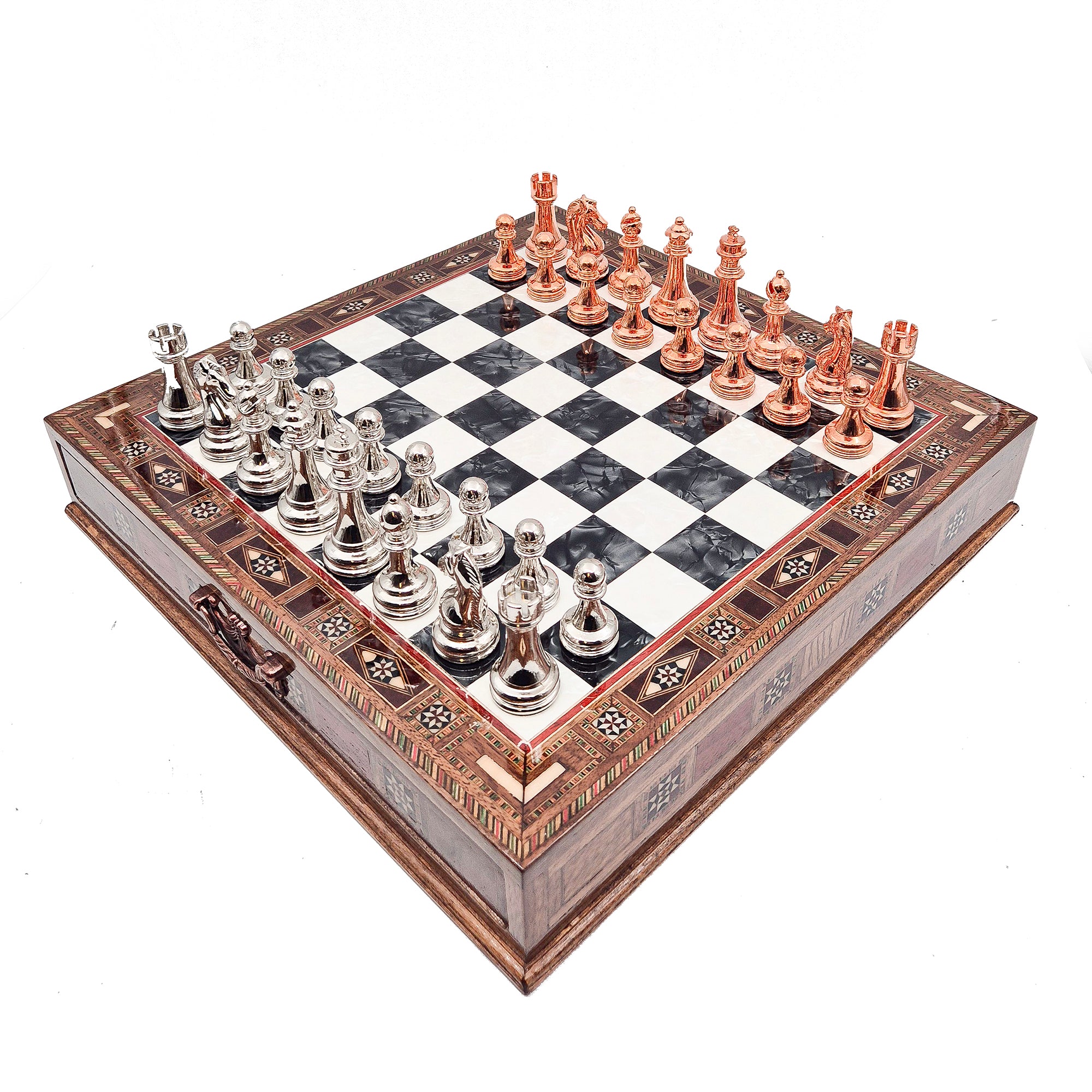


Leave a comment
All comments are moderated before being published.
This site is protected by hCaptcha and the hCaptcha Privacy Policy and Terms of Service apply.